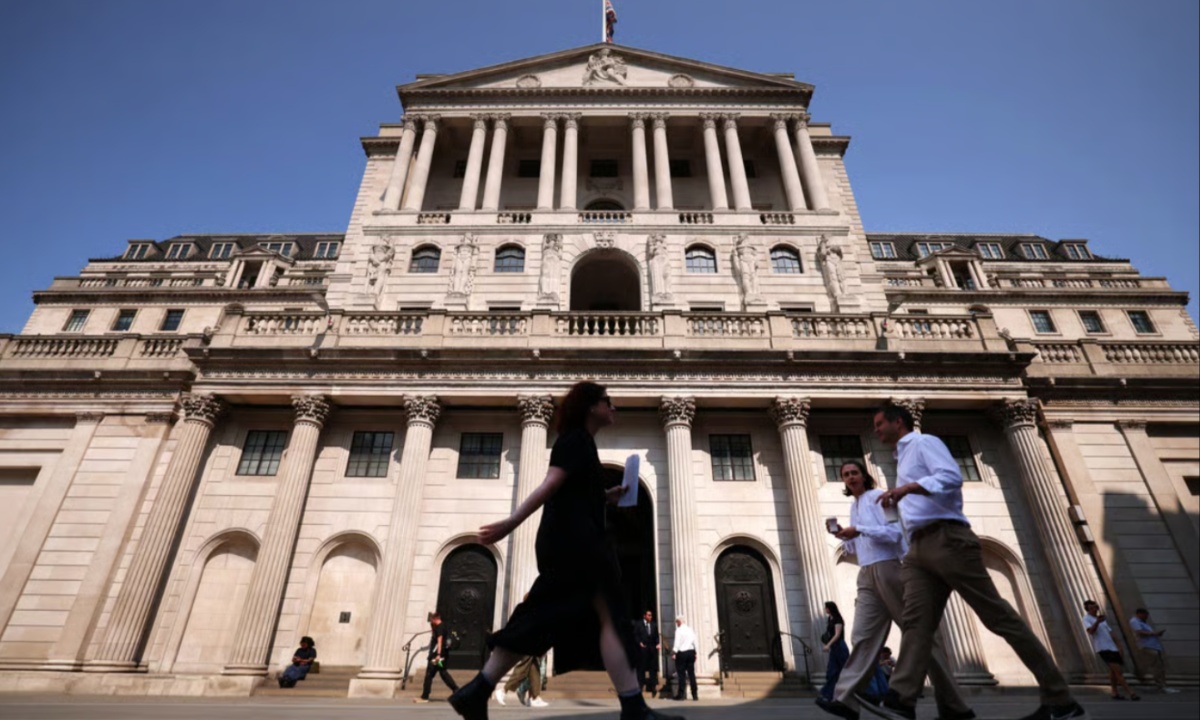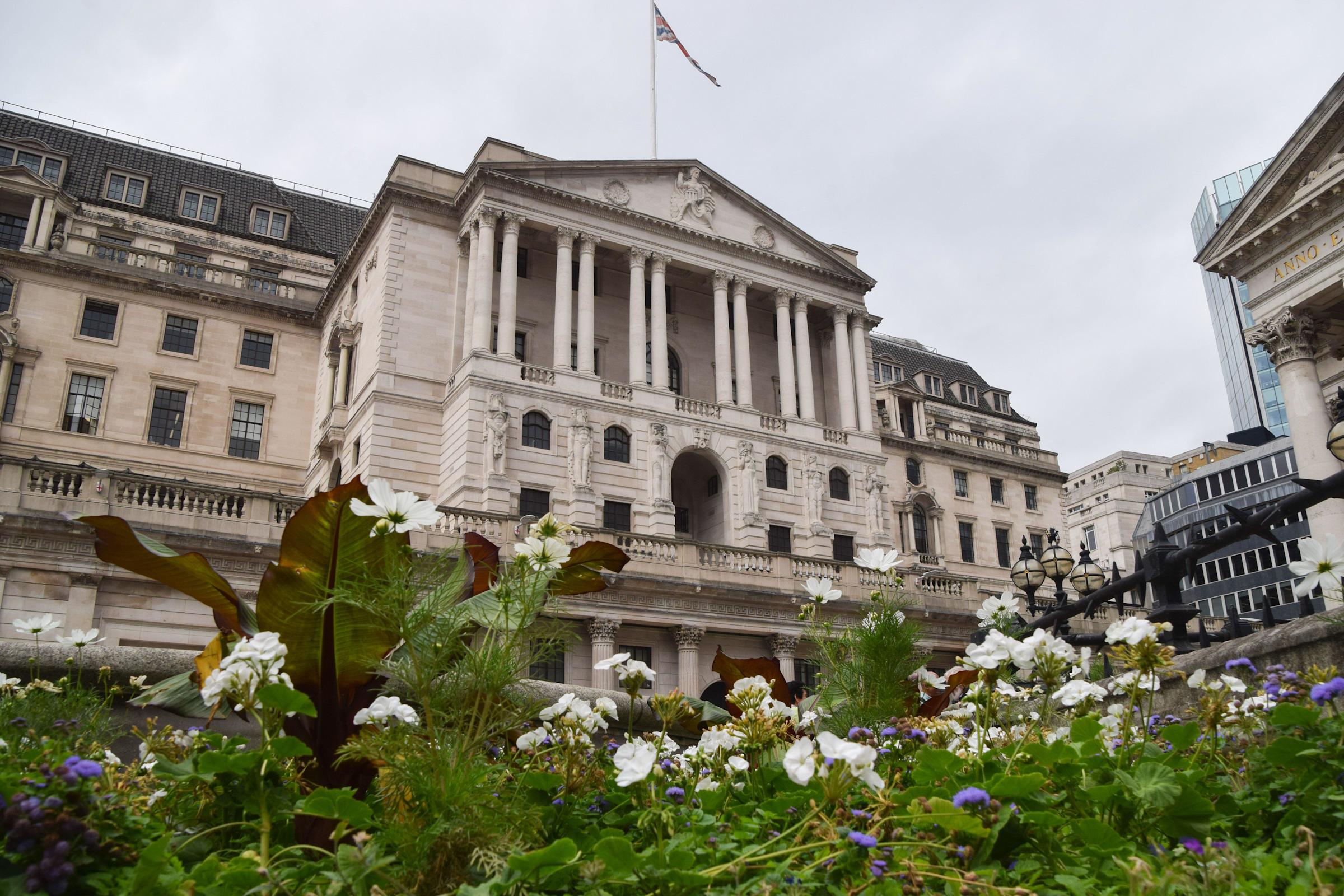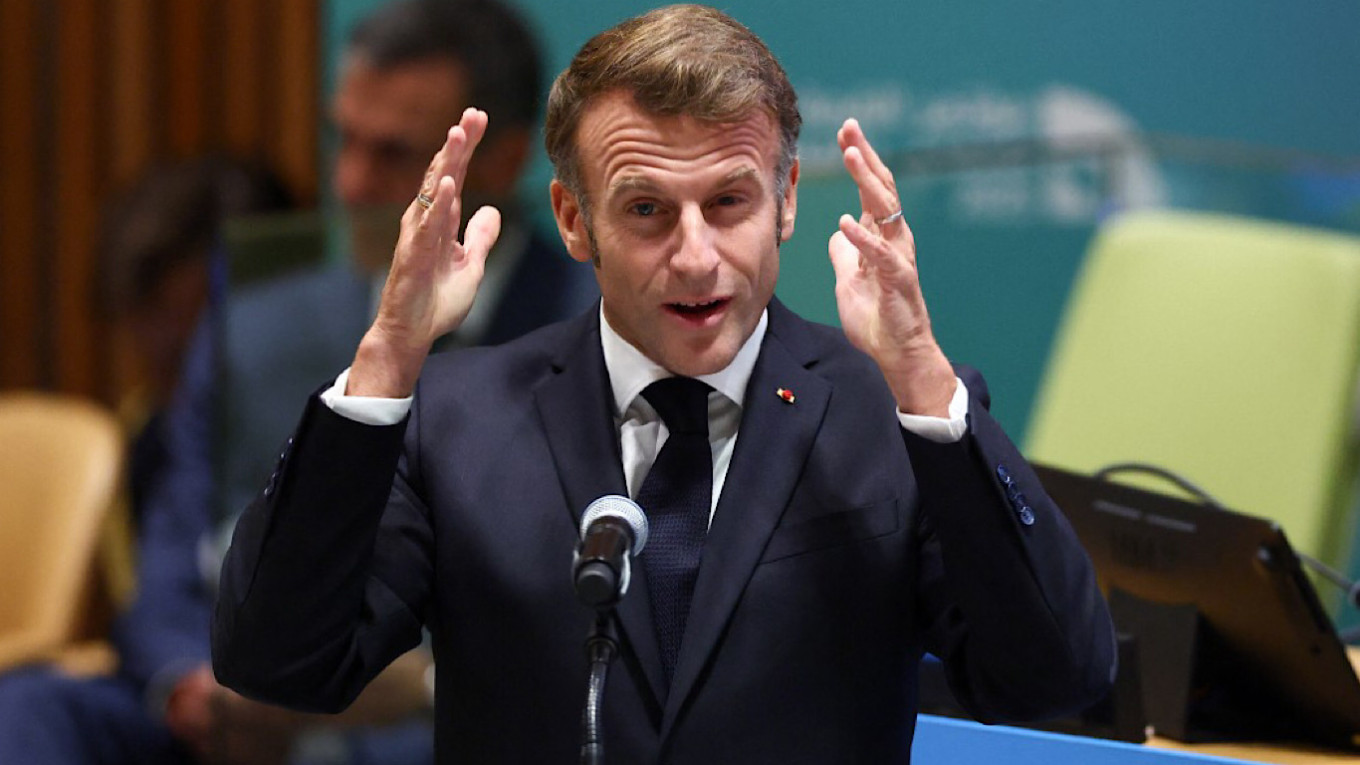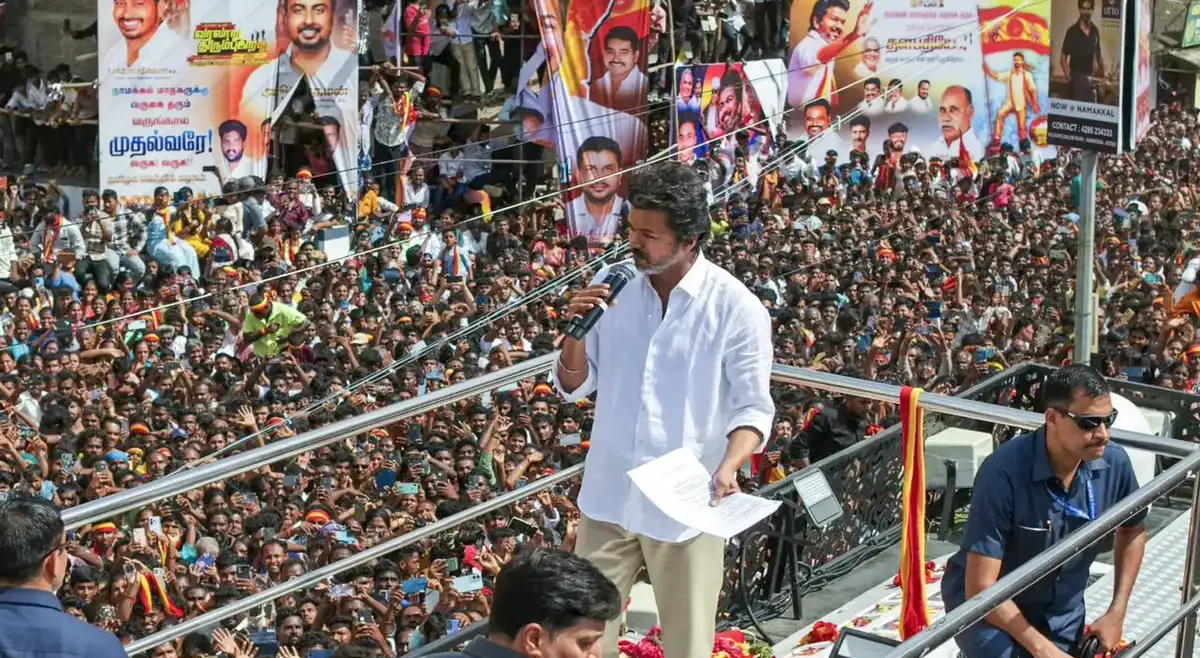The Bank of England’s decision to cut interest rates, even as inflation remains above its 2% target, reflects a shift in how it views inflationary pressures, particularly from the jobs market. A rise in unemployment and a drop in job vacancies have led the Monetary Policy Committee (MPC) to believe that the labour market will no longer fuel inflation as strongly.
However, the decision was contentious, marked by a close vote and even a rare second vote, underlining the uncertainty and disagreement among the Bank’s top policymakers.
Bank Faces Internal Division as Growth Stalls and Inflation Threatens Future Rate Cuts
Governor Andrew Bailey faces scrutiny for pressing ahead with the rate cut amid persisting inflationary concerns, especially with food prices expected to rise further. Some key MPC members, including deputy governor Clare Lombardelli and chief economist Huw Pill, voted against the cut, signalling internal discord.
Bailey has acknowledged that future rate cuts are now more uncertain and may not follow the previously expected quarterly pattern.

Despite five rate cuts in the past year, economic growth has not surged as anticipated. The Bank expects only 0.1% GDP growth for the second quarter, although there is hope for a modest rebound to 0.3% in the third quarter, partly due to a new UK-US trade deal. External pressures, such as a sharp drop in car exports to the US, have also dampened economic momentum, though these are expected to recover.
Consumer Caution Persists Despite Rising Wages, Threatening Recovery and Sustaining Inflationary Pressures
A major drag on the economy has been unusually high consumer savings, a trend that began during the pandemic and has persisted. Even with wages rising faster than inflation, consumers remain hesitant to spend, likely influenced by previous high interest rates and broader economic pessimism. This restrained spending has limited the stimulative effect of rate cuts.
While the Bank projects future growth if spending normalizes, inflation risks remain, particularly from rising food prices and certain government measures. Policies like higher employer National Insurance contributions and increases in the national living wage could continue to influence inflation. As such, while the Bank has made a calculated move, concerns persist that inflation may not be fully under control.












Leave a Reply